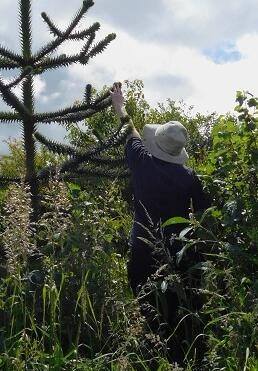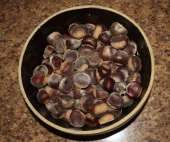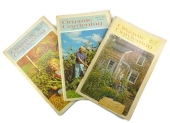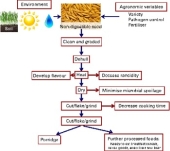

 A graduate scientist turned automotive engineer, currently running a small shop and growing plants on Skye: turning a sheep field into a food forest.
A graduate scientist turned automotive engineer, currently running a small shop and growing plants on Skye: turning a sheep field into a food forest.
Ac Baker wrote:I was brought up in a family with generations of rhubarb lovers. My late Mum used to cook it with minimal sugar, so it was pretty tart. I add no refined sugar, I ear my rhubarb poached with fresh ginger and a sweeter dried fruit e.g. sultanas.




Matt McSpadden wrote:I'm assuming my best options are to either get a tiny heater or add more insulation, or both.


Esteban Ademovski wrote: Next stop was the Abbey, where I joined Stephen in laying mulch over the greenhouse roof - a simple but deeply grounding task.




Jay Angler wrote:Some reading I've done, suggests that traditionally, oats were grown and fed only to horses and not people.
When Dr Johnson defined oats as “a grain which in England is generally given to horses, but in Scotland supports the people,” his friend James Boswell replied, “that’s why England has such fine horses and Scotland such fine people.”

In modern mills, the first step of dehulling is a rotating disc that has numerous fins running from the centre of the disc to the exterior( Reference Girardet, Webster, Webster and Wood3 ). The oats fall into the centre of this rotating disc and are thrown into a series of impact rings on the wall of the dehuller, which causes the groat to be separated from the hull
Loosen the oat hulls in the oven if you plan to eat the oats. Roast the oats on a cookie sheet in an oven at 180 degrees for 90 minutes. The hull will puff up and begin to break away from the edible oat groat inside.
Use a burr mill or a roller mill to carefully grind the oat hull away from the groat. Collect everything, groat and hulls, into bushel baskets and cover with screening or mesh until you are ready to winnow.
Wait for a dry, breezy day to separate, or winnow, your oats and hulls. Spread out a sheet on a flat, dry ground. Bring out your bushel baskets.
Winnow the oats. Toss your hands full of the oats and chaff into the air. The breeze will carry away the hulls and the heavier grains will fall onto the sheet.